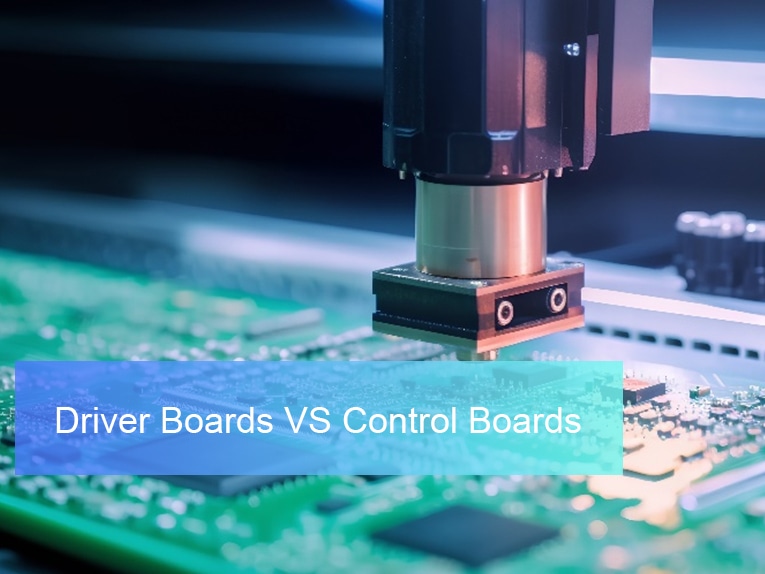
#White Papers
The Difference Between Driver Boards and Control Boards
Driver Boards VS Control Boards
In automated machinery and CNC systems, the distinction between driver boards and control boards is crucial. As a company with over 20 years of experience in the electronic manufacturing industry, Tecoo specializes in providing high-quality control and driver boards to ensure that our customers' automated equipment runs efficiently. This article provides a simple breakdown of these two components and their respective roles in modern industrial applications.
1. Driver Board vs. Control Board
Control Board: The control board serves as the brain of the equipment, managing all logic and data processing. Its main role is to receive input from external sensors or users, run preset programs, and then send instructions to the driver board. For complex control tasks, such as G-code processing in CNC machines, Tecoo provides efficient solutions that ensure flexibility and precision during operations.
Driver Board: The driver board is responsible for converting the signals from the control board into actual physical movement. It amplifies the signals and provides sufficient power to the motors to drive mechanical operations. Driver boards ensure that machines move as per the programmed instructions. Tecoo supplies driver boards for a variety of industrial automation equipment, supporting efficient production processes.
2. Key Differences Between Control Boards and Driver Boards
1. Function:
Control Board: Processes system logic and issues commands. It receives input from external sensors, users, or software, analyzes the data, and executes pre-set programs or algorithms.
Driver Board: Converts the control board's signals into power signals for motors, amplifying the control signals into the electrical energy required for motor operation.
2. Role:
Control Board: Handles data and signal processing. Its primary task is to send instructions to the driver board, determining motor actions, direction, speed, and more.
Driver Board: Controls the physical movement of motors, including precise control of position, speed, and torque, ensuring motors perform accurately as per the control board's instructions.
3. Application:
Control Board: Used in applications requiring logic processing, such as robotic control, automation systems, or CNC machines.
Driver Board: Commonly used in stepper motor and servo motor systems, with applications in CNC machines, robotic arms, and similar fields.
In automation equipment, driver boards and control boards perform distinct roles: the control board receives and processes signals, issuing control instructions, while the driver board translates these commands into actual physical actions. Whether in complex CNC systems or other automation equipment, at Tecoo, we offer high-performance, reliable products that help equipment operate efficiently and achieve optimal performance.







